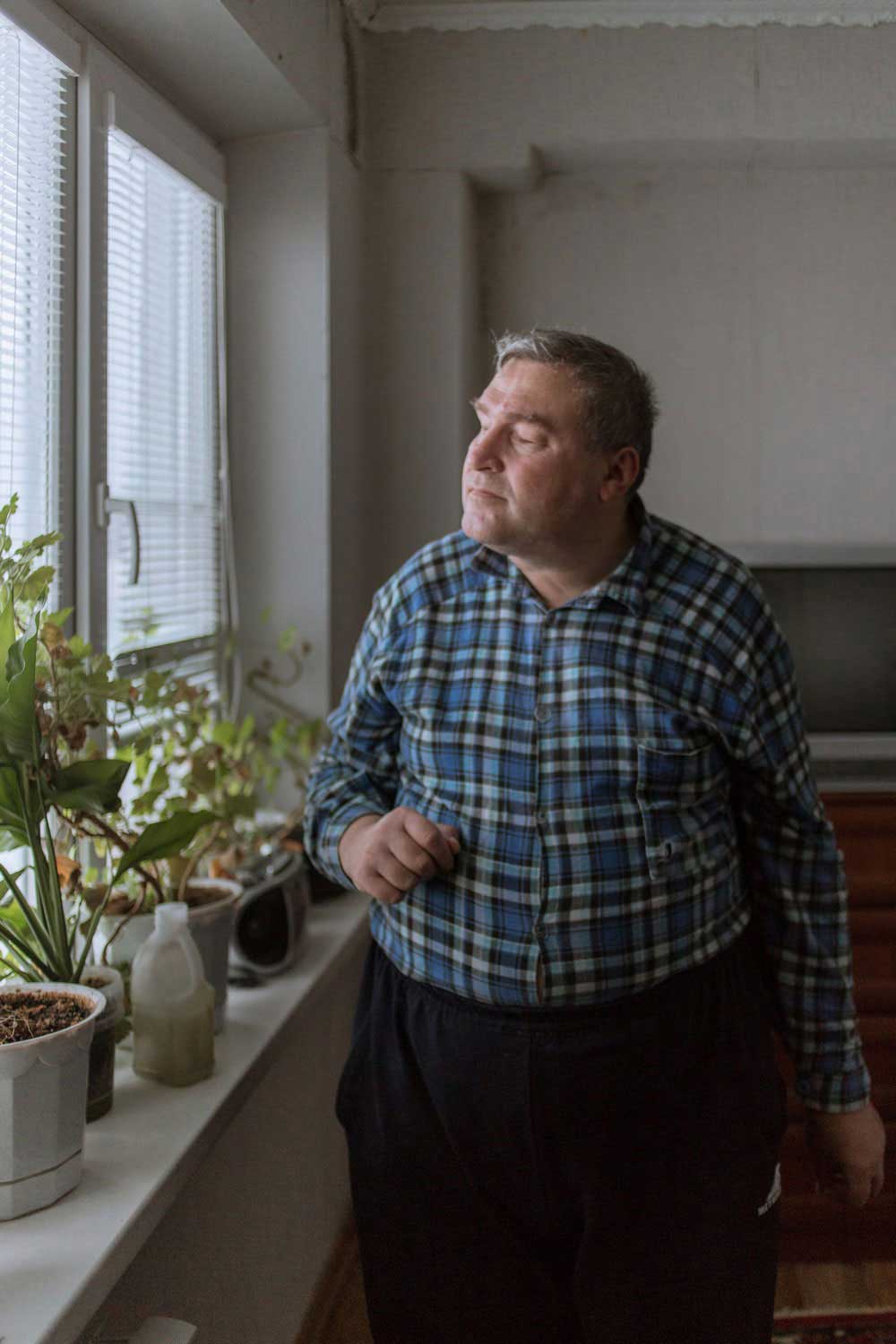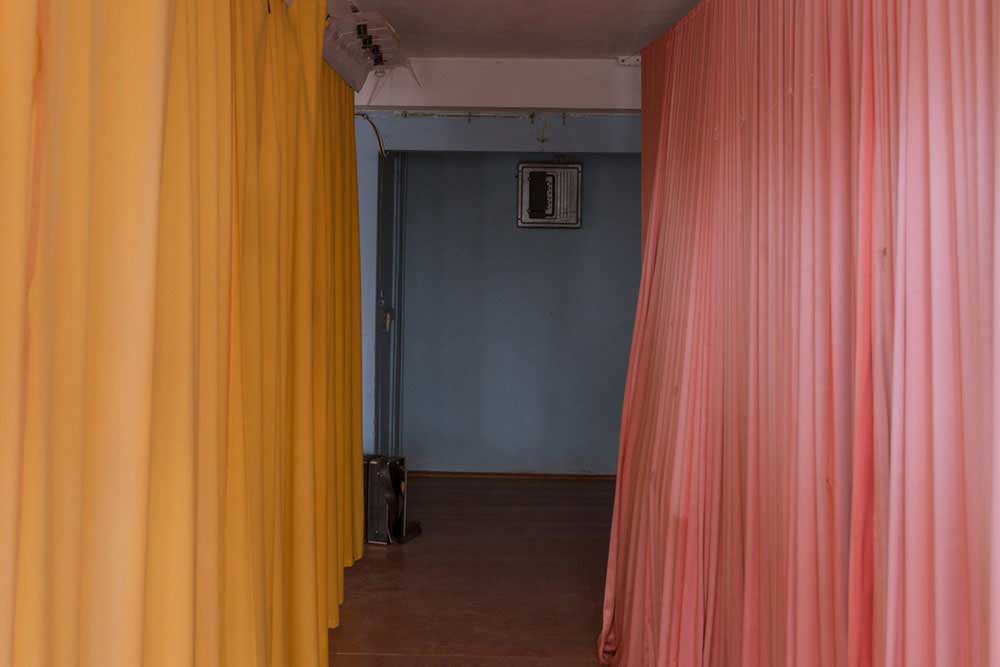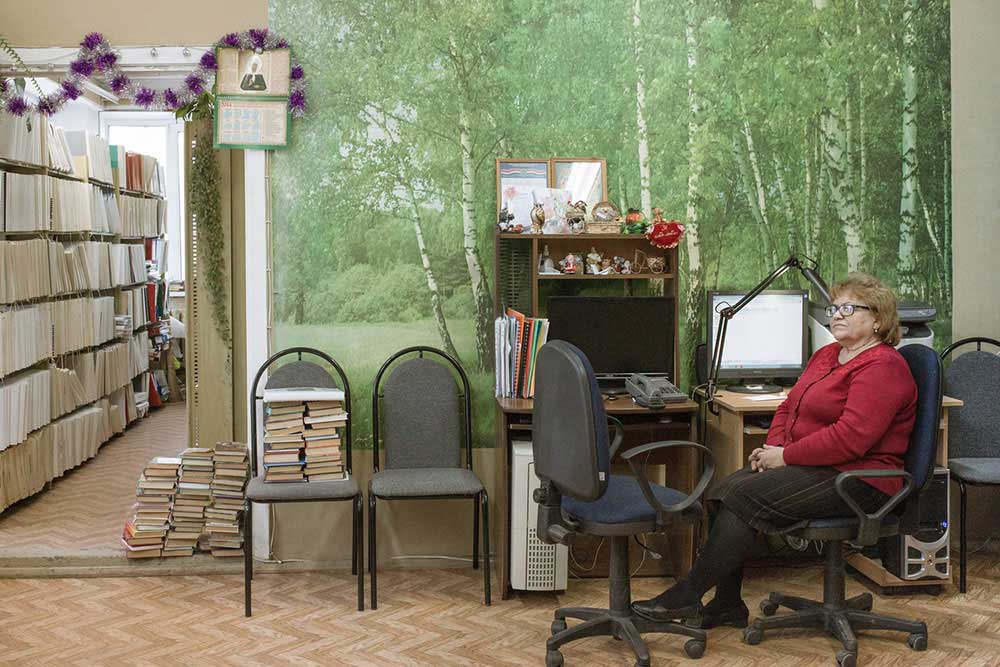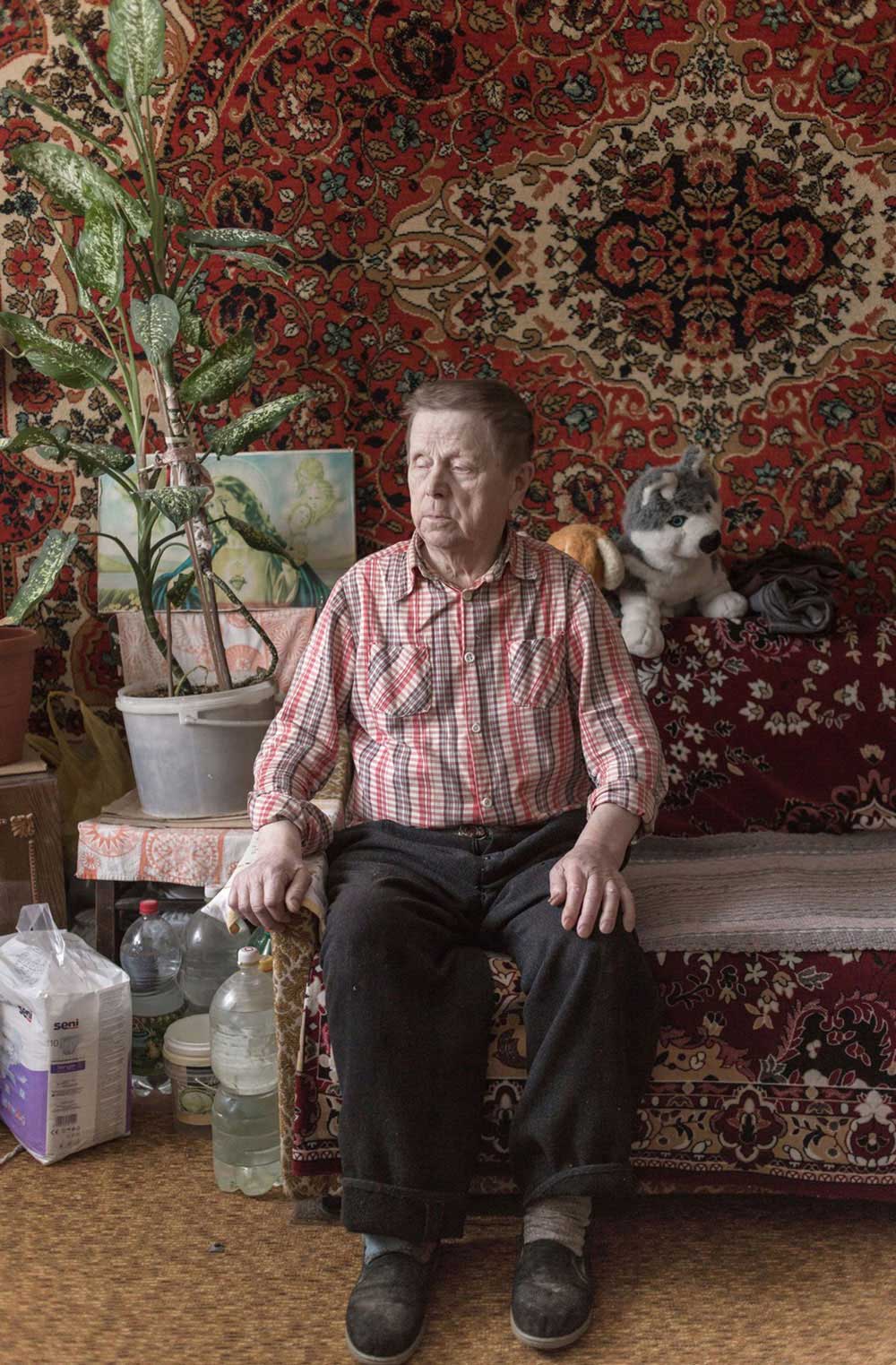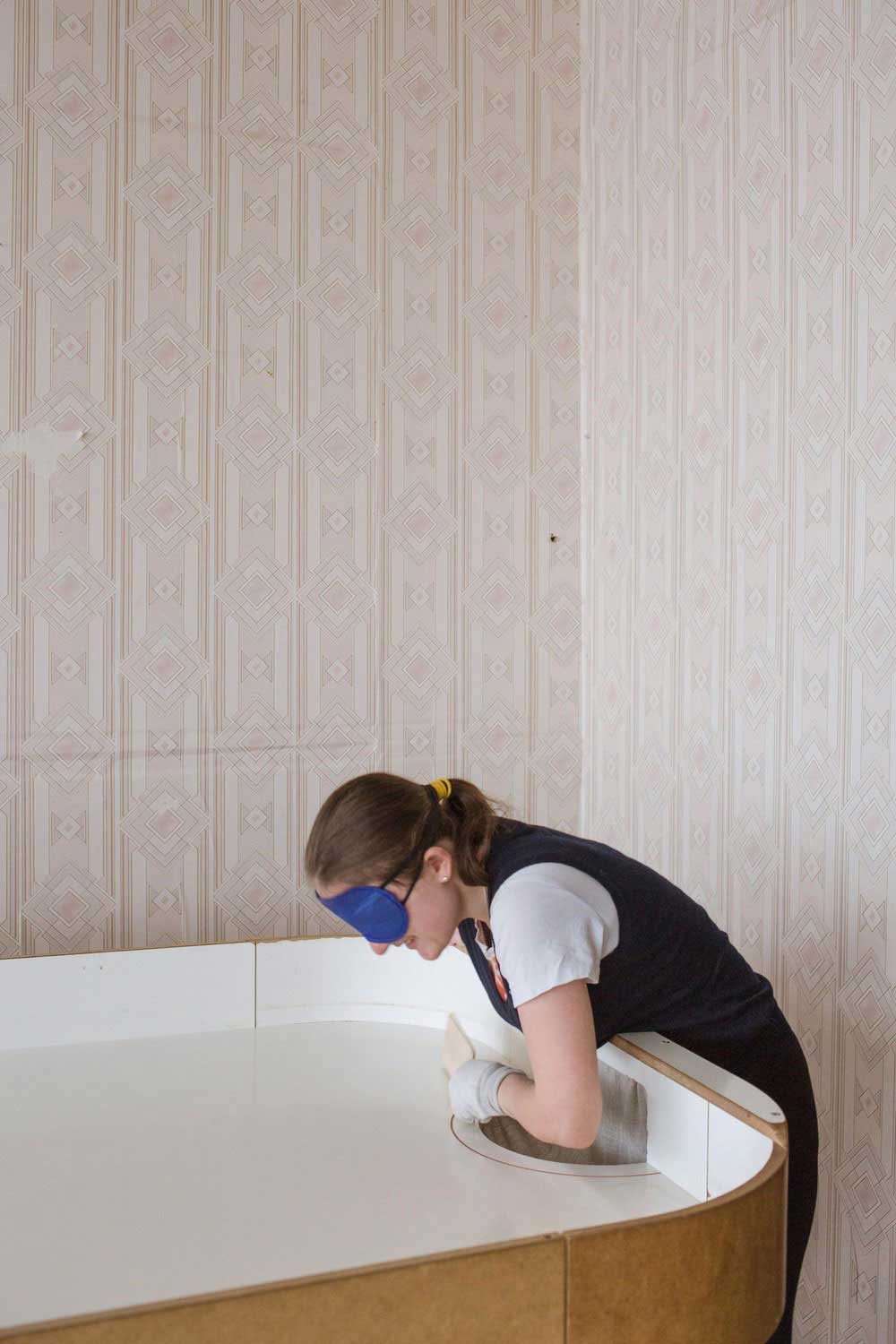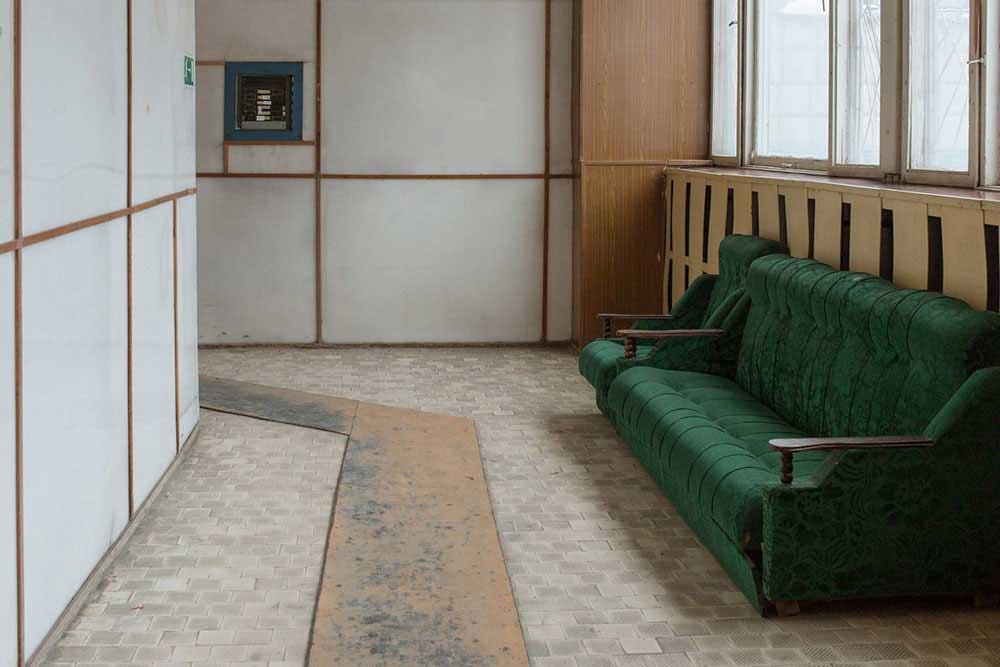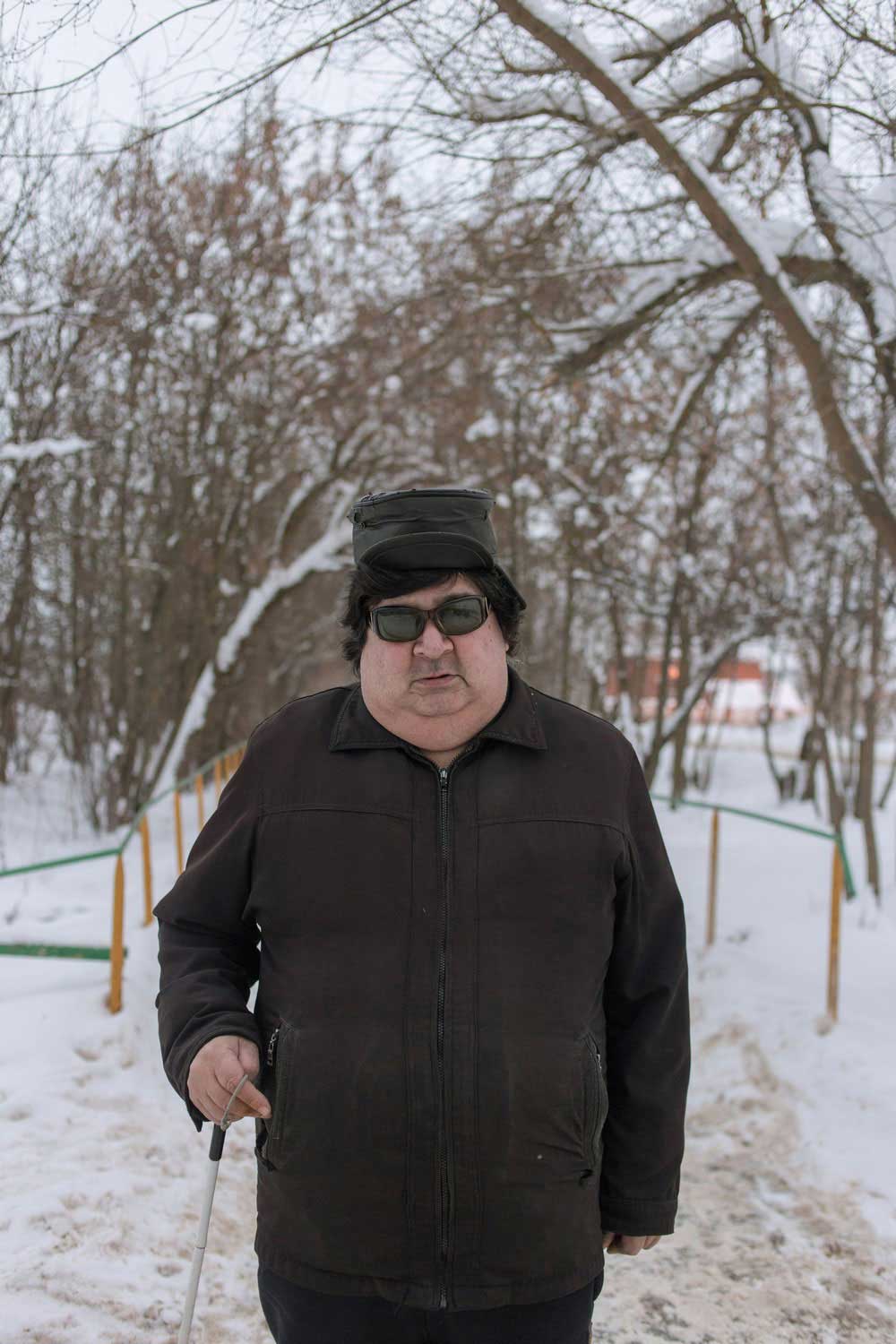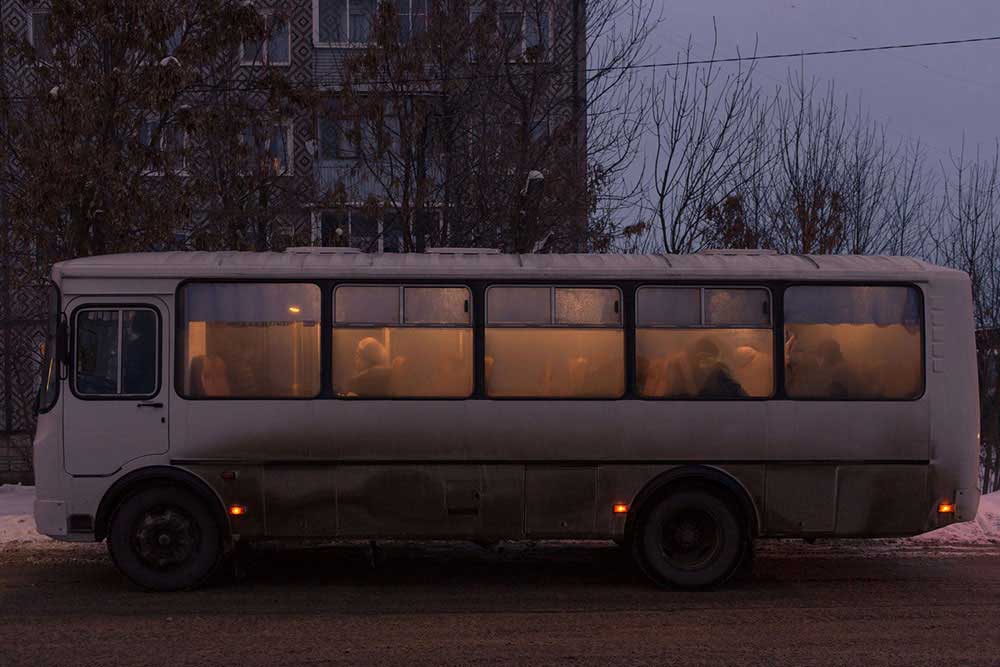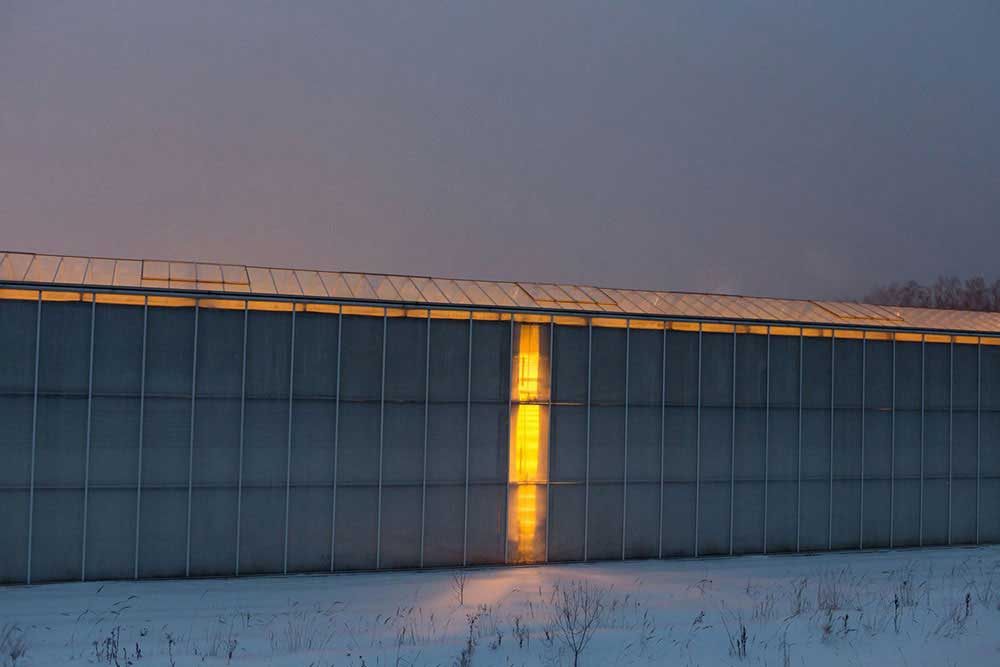Rusinovo is a street of the blind and visually impaired people in the town of Ermolino in the Kaluga region in Russia. Until 1995, it was a separate village where the visually impaired were sent from the different regions of the Soviet Union.
In 1948 the basic enterprise for the blind and visually impaired was built here. The main activity of the blind people in the production was the installation of boards for TVs called “Rubin”. After the political rearrangement, the development of the village stopped and the construction of new houses and a rehabilitation center was frozen. The village was attached to the town called Ermolino and now it is a separate street which is situated five kilometers away from the city, where people without visual impairment also live.
Nowadays, the workshop production of «RUSiNovoPak” for the blind is only engaged in the collection of medical pipettes and is considered unprofitable for the enterprise. In the neighboring workshop people without disabilities produce cardboard, it helps to cover the losses of the workshop for the blind.
Since the Soviet times there is an Assembly hall in the production building, where the choir of the blind, a library and a gym are organized for many years. Blind and visually impaired live in several five-storey houses; also there are private houses behind them on the street and it looks like one of the streets in the usual village. Disabled people know very well where everything is situated. They are able to get to the shops, to the production building and to the post. If it is needful, people without disabilities help them and no one refuses.
The larger half of the blind in Rusinovo are the seniors, who moved here during the Soviet times. Children were born with a full vision and they left the place. In total there are 115 blind and visually impaired people in Rusinovo.
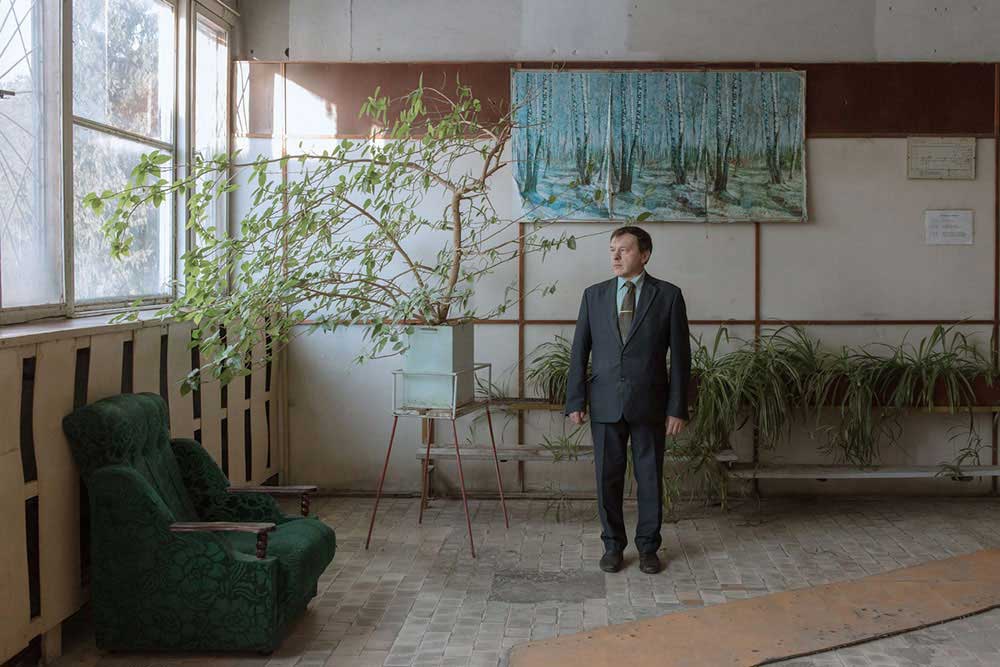
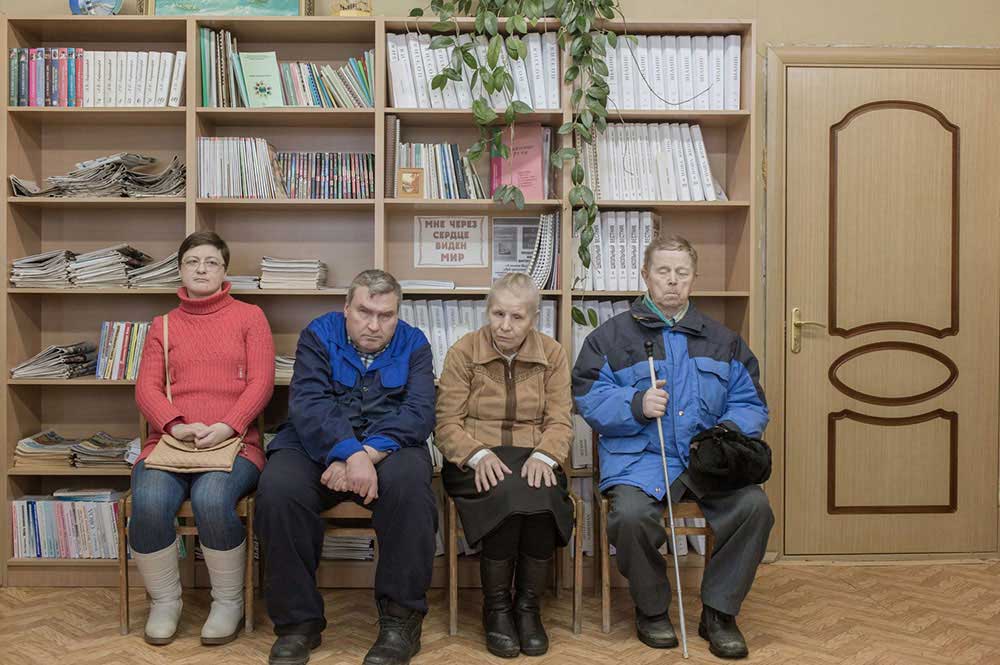
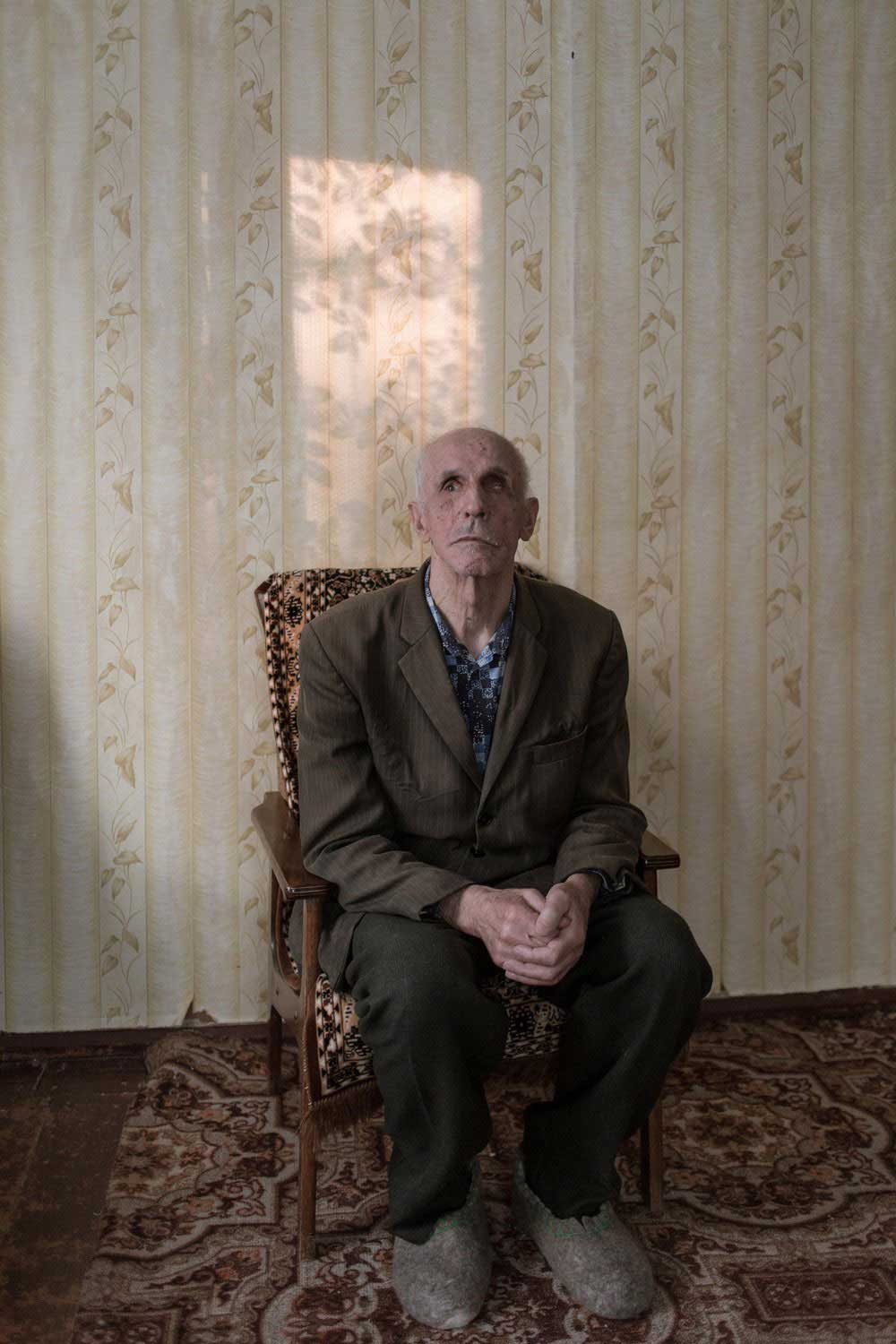
region was bombed by an airplane: the whole Victor’s family was injured by the glass. Victor received an invitation from the Society of the blind and moved to Rusinovo in 1954. After the incident, he had a residual vision, but eventually he lost it completely.
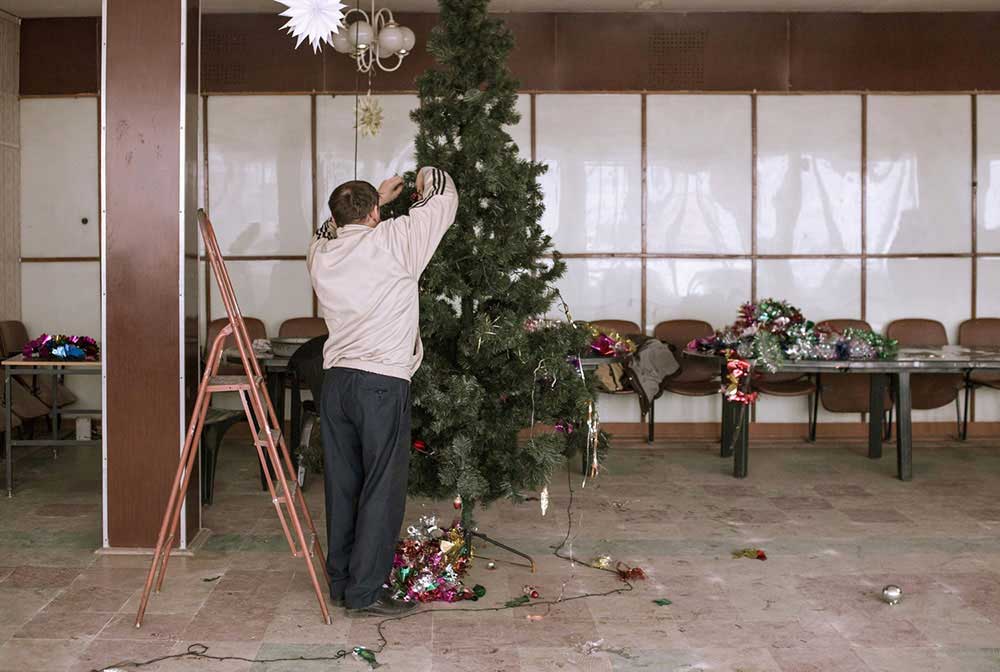
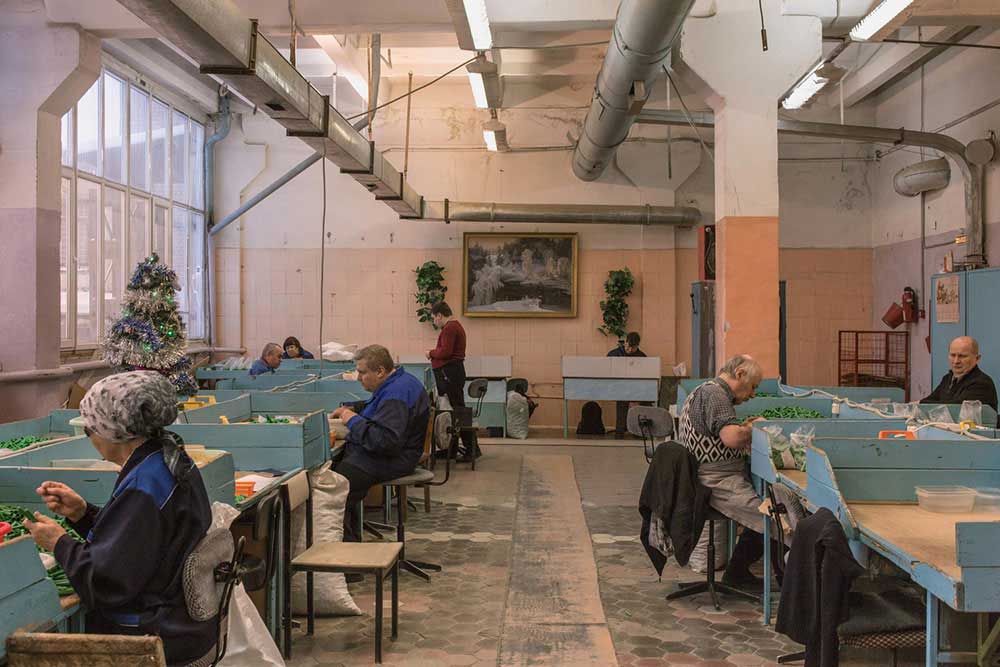
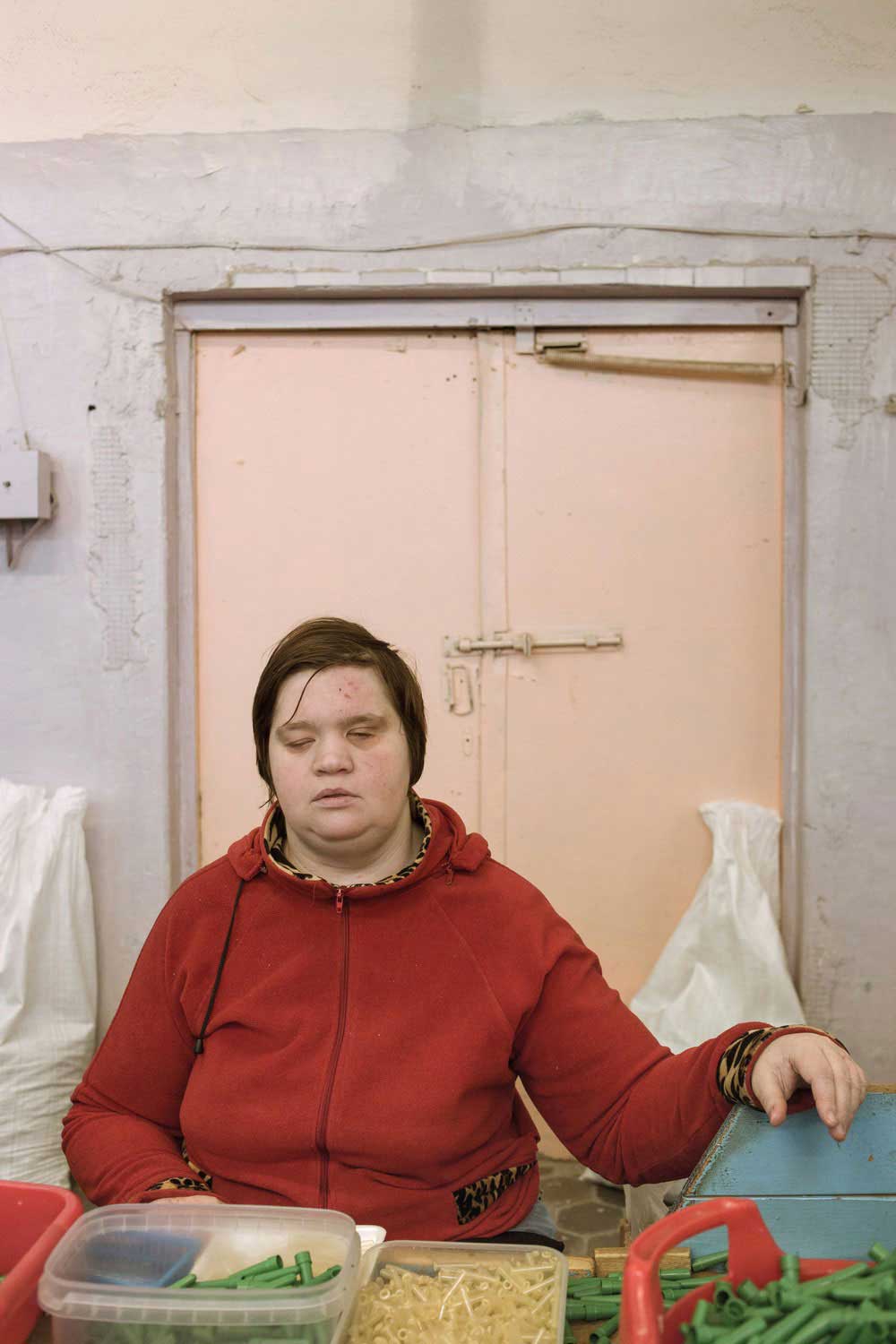
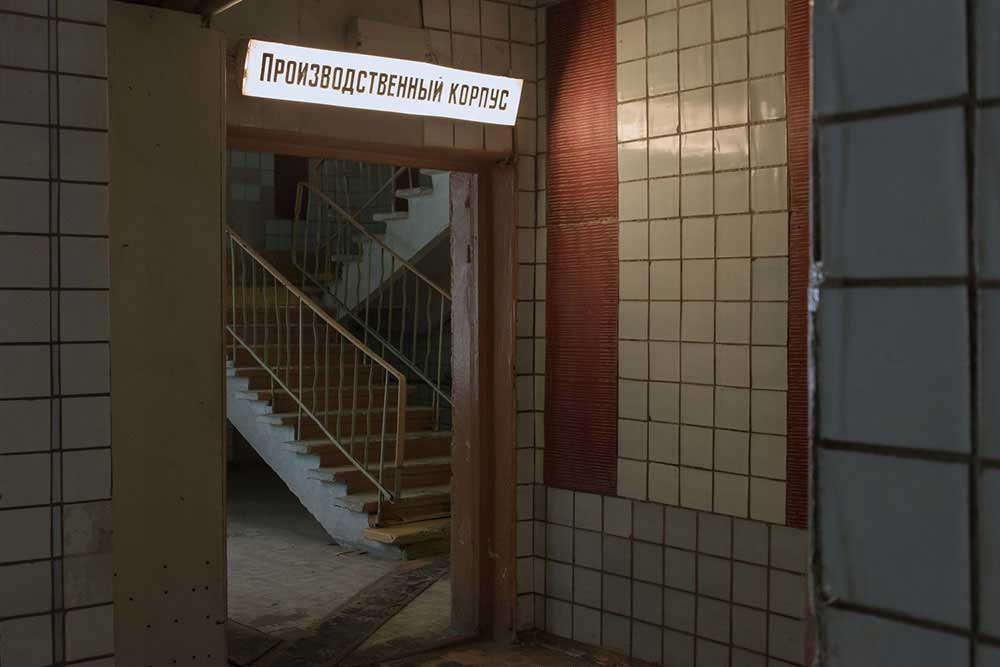
impaired.
